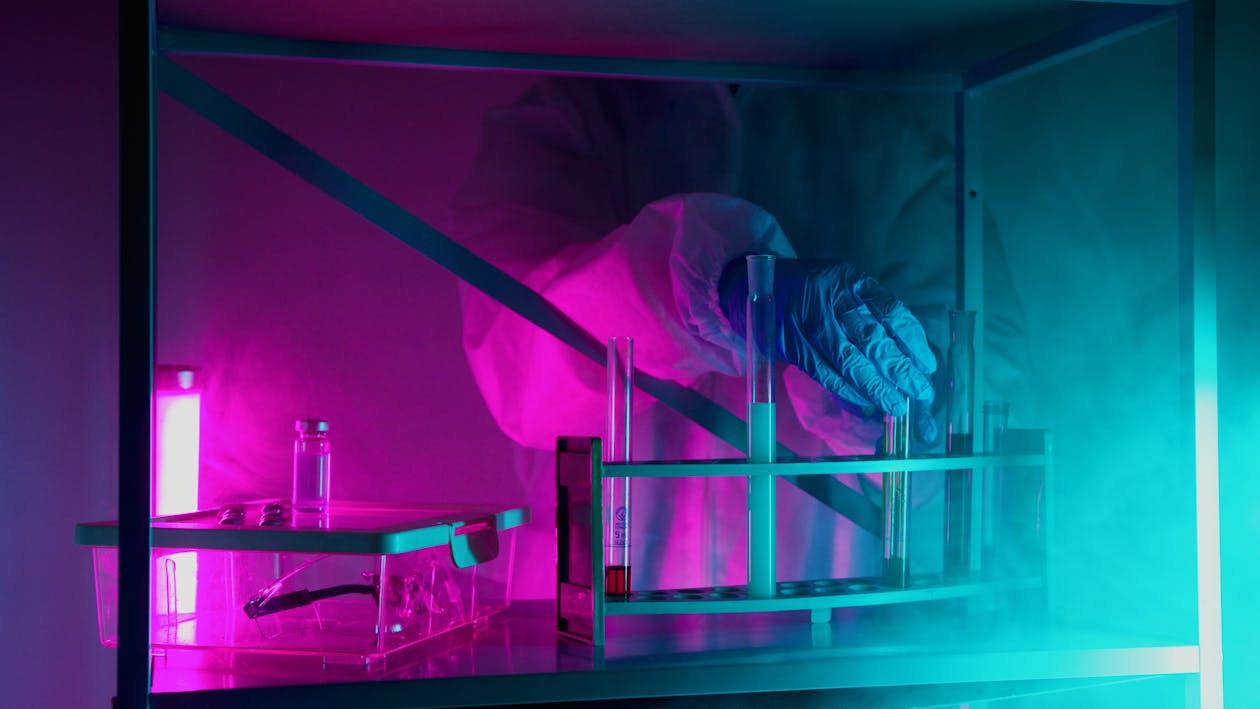 Photo from Pexels
Photo from Pexels
Originally Posted On: https://www.jantdx.com/toxicology-the-science-and-its-applications/
The science of toxicology combines biology, chemistry, physiology, pharmacology, and other related disciplines to study the effects of different substances on the body. Toxicologists work in varied fields such as forensics, environmental science, and medicine. The science is commonly utilized in law enforcement, disease identification, and assessments of ecological conditions.
Poisons
A popular adage in toxicology is “the dose determines the poison.” Any substance is potentially poisonous to the body, and they become so when the intake reaches lethal thresholds. One critical aspect of toxicology is determining the quantities of certain substances in the body.
Poisonous substances can be solids, liquids or gases, and they can be inhaled, ingested, or absorbed through the skin. Those from the outside environment are usually harmless in small amounts; they only become toxic when sufficiently large quantities are present in the body. However, there are some substances that can be harmful even in small doses. Drugs, for example, cause the majority of unintended poisoning deaths in the United States[1].
Drug Poisoning
Prescription and over-the-counter (OTC) drugs are safe when used as intended. However, some individuals misuse drugs, such as taking higher doses than what is prescribed. Excess amounts of drugs in the body cause toxicity, which can lead to anything from mild discomfort, serious illness, or even death, depending on the effects of the drugs on the body.
Illegal drugs like cocaine and methamphetamine are often involved in many cases of drug poisoning. However, even prescription drugs such as fentanyl, meperidine, and tramadol can be abused by patients who were prescribed those medications. In some cases, fentanyl is added to street drugs which can cause overdose and death. This phenomenon has led to an epidemic of opioid overdose in the United States. Statistics show that these overdoses have claimed more than 48,000 lives in the past year alone [2].
Toxicology Screening
Also known as tox screens, these procedures test for and quantify poisonous substances in the body. Tox screens are often performed using either blood, urine, or saliva samples. These tests are common in drug screening as most drugs are present in these samples [3]. Among these, urine samples tend to be the easiest samples to test, and are therefore the most popular to use in drug screening.
Urine samples are the most common type collected for subsequent drug testing. The samples are then analyzed either through immunoassays or liquid chromatography/mass spectrometry (LCMS).
Urine Drug Screening Reagents
Jant Pharmacal supplies a wide range of equipment useful for drug toxicology screening. Instruments such as the Immunalysis ImmTox 270 have an extensive test menu when it comes to urine drug screening reagents. It can detect the presence of many drugs in urine samples, including the following examples of commonly misused substances:
Fentanyl, meperidine, and tramadol belong to the opioid class of drugs, and they are often used as prescription analgesic. However, some individuals abuse these drugs for recreational purposes or inadvertently ingest them in street drugs, leading to cases of drug toxicity and overdose. As part of the drugs responsible for the US opioid epidemic, fentanyl, meperidine, and tramadol are drugs of concern and therefore critical to screen for. These tox targets are currently available to order from Jant Pharmacal’s extensive test menu.
Our equipment is certified for both CLIA Moderate and High Complexity clinical laboratories, and we have a wide range of toxicology analysis tools for various applications and budgets. Choose among brand new or refurbished analyzers from reputable brands such as Thermo Fisher Scientific, Olympus, Beckman Coulter, and many others.
References
[1] Centers for Disease Control and Prevention. (n.d.). Picture of America Report: Poisoning. https://www.cdc.gov/pictureofamerica/pdfs/picture_of_america_poisoning.pdf [2] Department of Health and Human Services. (2021, October 27). About the Epidemic. HHS.Gov. https://www.hhs.gov/opioids/about-the-epidemic/index.html [3] University of Michigan. (2020, September 23). Toxicology Tests | Michigan Medicine. University of Michigan Health. Retrieved July 5, 2022, from https://www.uofmhealth.org/health-library/hw27448

